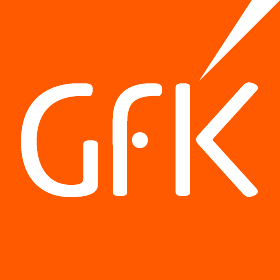Consumer spending in Germany increases by 5.5%
- Inflation and price increases are the main drivers of this development
- NIQ and GfK combine their data to provide a holistic insight into the FMCG and T&D market throughout Germany
In Germany, consumer spending on fast-moving consumer goods (FMCG) as well as tech and durables products (T&D) increased by 5.5 percent in 2023 compared to 2022, amounting to a market total of EUR 394.5 billion in 2023. The higher spending was in particular driven by price increases for food and drugstore products, while at the same time consumers cut back in T&D spending. The new NIQ Retail Spend Barometer aggregates data from both NIQ and GfK, to provide a holistic insight into the market potential and market developments of FMCG and technical consumer goods throughout Germany.
Price increases drive spending in the FMCG sector
For FMCG products, consumers in Germany spent a total of 8.9% more in 2023 than in 2022. This increase is mainly due to price increases driven by inflation and higher sourcing costs. Across all categories, the year-on-year increase in spending in the first half of 2023 was stronger than in the second half of the year. A slight increase in sales volume of 1.5% was achieved for the first time in the fourth quarter. The drivers of these developments are discounters and drugstores – traditional supermarkets were the only sales channel not to experience any sales growth.

“The NIQ Retail Spend Barometer illustrates that 2023 was not an easy year, especially for German retailers and manufacturers in the T&D sector. However, FMCG retailers such as supermarkets are also feeling the changes in shopping behaviour in times of inflation and uncertainty as well as an increasing competition for consumers’ budgets between channels and competitors.
Oliver Schmitz, Head of Retail DACH at NIQ and GfK
In order to remain attractive and competitive in 2024 and saving important margins, retailers will have to manage their prices even more strongly and dynamically due to inflation and other price increases. This includes measures to introduce or drive customer-centered category management as well as expansion into new product ranges, channels or even additional regions and countries to support their growth strategy. Our data shows which growth categories have prevailed against the market in 2023 and where the potentials for 2024 lie.”



